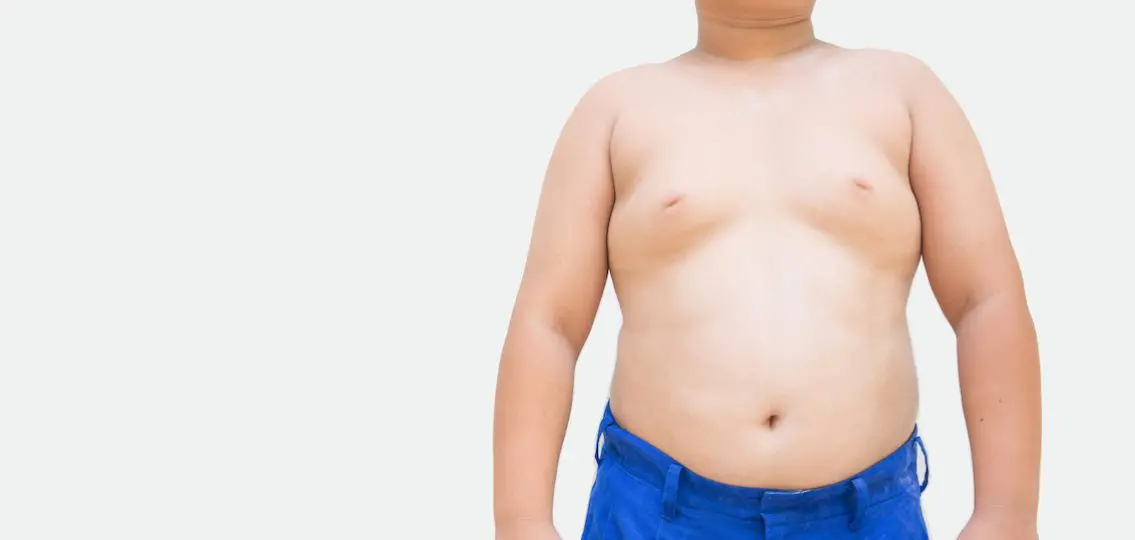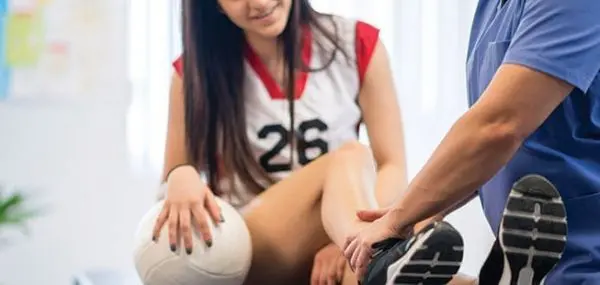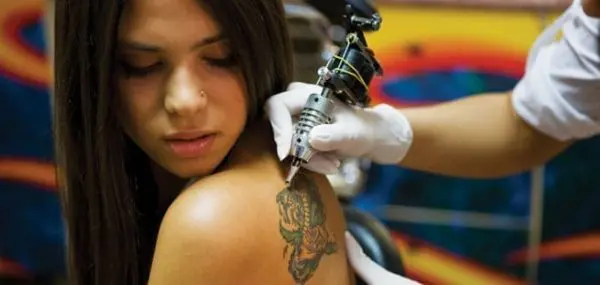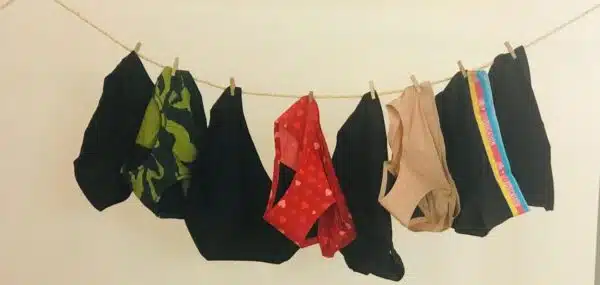Your Teen sought advice about plastic surgery in teens from Dr. Arun Gosain, a pediatric plastic surgeon at University Hospitals Rainbow Babies & Children’s Hospital in Cleveland, Ohio. One procedure common among teens is gynecomastia surgery, a procedure that reduces abnormal breast development in boys.
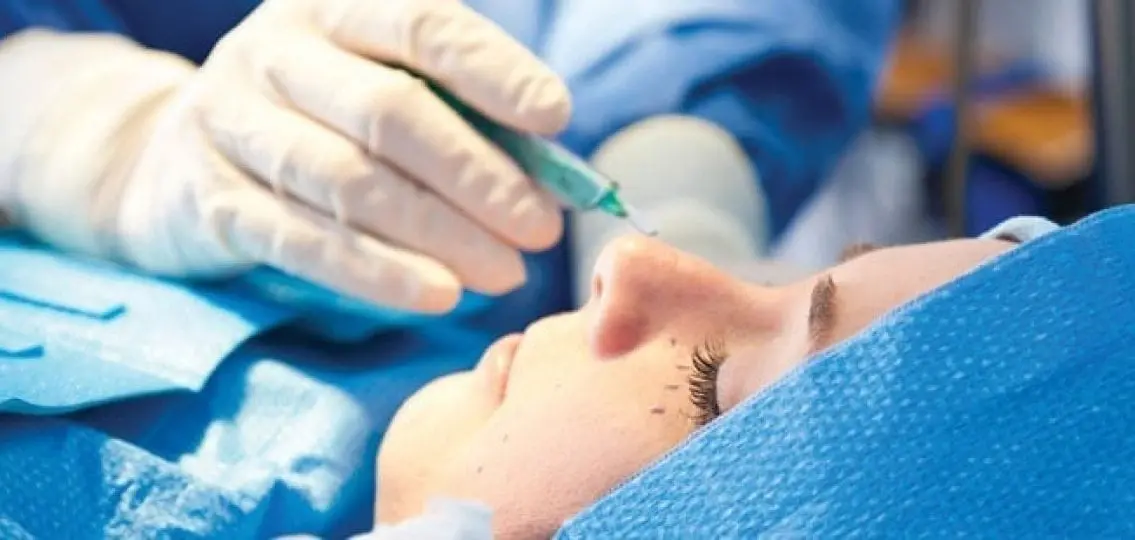
Q: What is gynecomastia? What does it mean when someone is diagnosed with gynecomastia?
Gosain: “Gyne” refers to female and “mastia” refers to breast, so gynecomastia means a female breast form. Anything that enlarges the breast to give it female form is gynecomastia.
Q: When do you start to see breast formation?
Gosain: Most patients see development after puberty. Gynecomastia before puberty is more likely to be a tumor or an endocrinologic disorder. Gynecomastia tends to develop with the onset of puberty because of hormonal changes that affect breast development. Hormones influence male breast development similarly to females. Evidence suggests a correlation between growth hormones given to cows, the milk we drink and early onset puberty.
Q: Is there any correlation between growth hormones given to cows and gynecomastia?
Gosain: There seems to be some correlation between growth hormones given to cows, the milk we drink and early onset puberty. Normally, most children who develop gynecomastia develop it without any known cause. We always administer an endocrine workup, but the majority of patients have no endocrine abnormality.
Q: Have you been able to identify any commonalities among your patients?
Gosain: There are two subsets. One subset consists of boys who are overweight and therefore might have larger breasts. Weight tends to accentuate the breast deformity in those children. The second subset includes non-overweight kids. However, the deformity is more dramatic in a child who is not overweight because the enlarged breasts are much more prominent. We offer procedures to both subsets of patients.
Q: Do these boys pull away from sports?
Gosain: Yes, it’s a very big impediment on their social activities. Regardless of the cause of the gynecomastia, it’s a circular prophecy. Because boys won’t do anything where they might have to take their shirt off, they become less active and tend to gain weight, and certainly the weight gain is noticeable in the breasts.
Q: Is gynecomastia more common today?
Gosain: We’ve always seen many cases. Accurate data is hard to acquire since many people don’t seek medical intervention because they think breast development is normal. Also, some people might attribute the growth to being overweight, but again, it is a vicious cycle. The problem is accelerated by weight gain, and these boys tend to shy away from sports and exercise because they are self-conscious.
Q: Is there any sort of diet you would recommend for these boys?
Gosain: Dietary restriction is certainly important in the group that is overweight. We do always encourage them to lose as much weight as they can, but very few can actually lose weight because they, as already stated, become less active to avoid embarrassment. In the healthy weight group, diet has nothing to do with gynecomastia. There is another, smaller group who may experience breast development as a result of certain medications that have estrogen-like effects, like marijuana.
Q: At what age do you consider surgery?
Gosain: We’ll perform surgery at any age, but the most common is 15 or 16. The breasts begin to develop at the onset of puberty, at about 13 years or so, and then we watch them for about three years. We want to see if it’s just a temporary thing that resolves without surgery. If it remains after three years, it most likely won’t go away on its own and will require surgery.
Q: Does insurance cover the surgery?
Gosain: Ninety percent of insurance companies do not cover this surgery. Physicians will send children to a psychologist to get additional documentation of its psychological impact, but most insurance companies are not sympathetic to a child’s psychological development.
Q: What’s the recovery like after the surgery?
Gosain: After surgery, boys wear a compressive garment for about four days. Then, they do daily wraps or wear custom support garments for three months. A pocket can develop where the breast tissue was removed, and it can fill with fluid and cause complications and infection. Support garments and reduced activity prevent this. After six weeks, they can gradually resume their exercise routine, but they will continue to wear the support garment for three months. At three months, all restrictions are lifted.
Q: Will the boys have normal chests post-surgery?
Gosain: As close to normal as possible. We’re very conscious about leaving scars on the chest. We try to minimize scarring. In very athletic boys, the skin will just shrink back without a problem. In the really overweight boys, it can take much longer. In some cases, they may require liposuction.
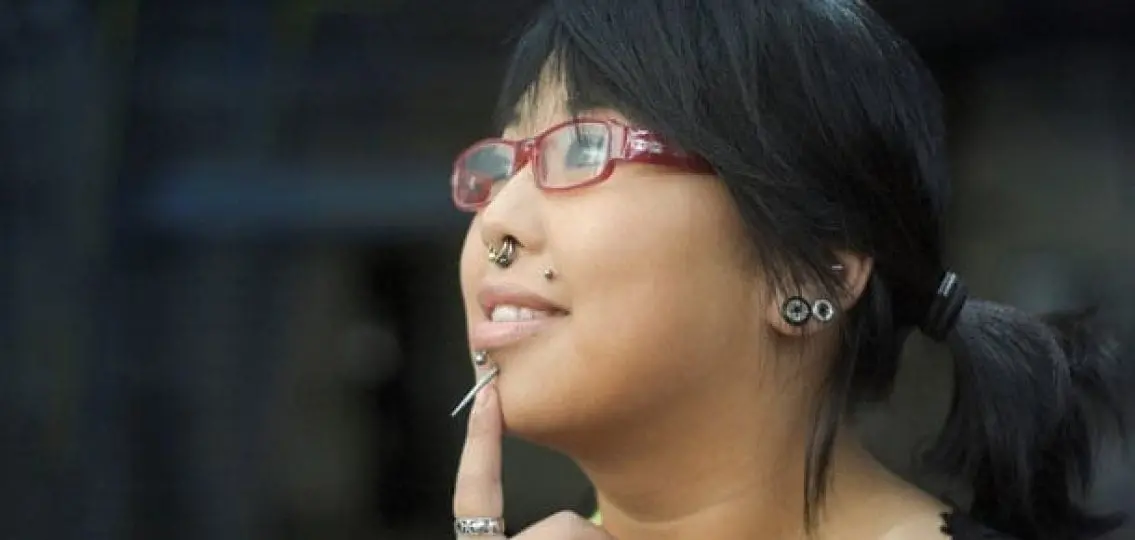
Q: What is the typical response from your patients post-recovery?
Gosain: They’re almost always more active after we do the surgery. It makes a big difference for them because they can take their shirt off in public. With our society being so focused on appearance, this does make a big difference on their self-esteem.
Dr. Arun Gosain is a pediatric plastic surgeon at University Hospitals Rainbow Babies & Children’s Hospital in Cleveland, Ohio.
